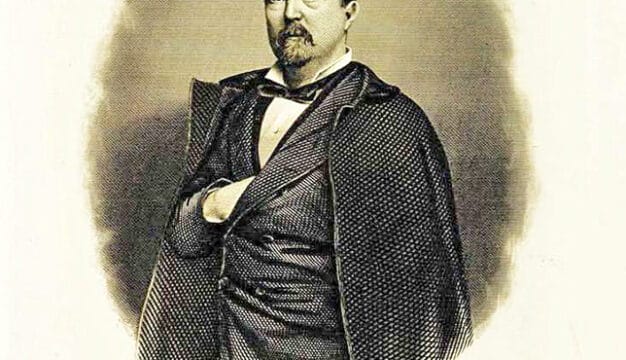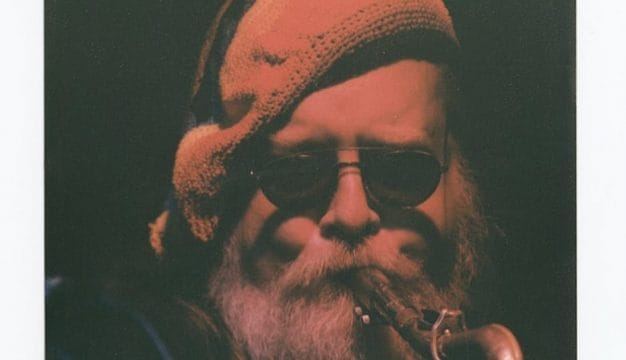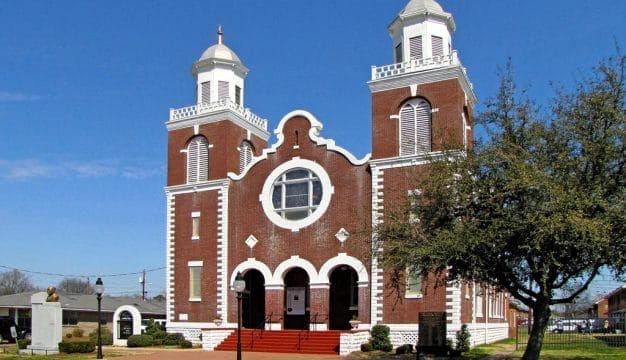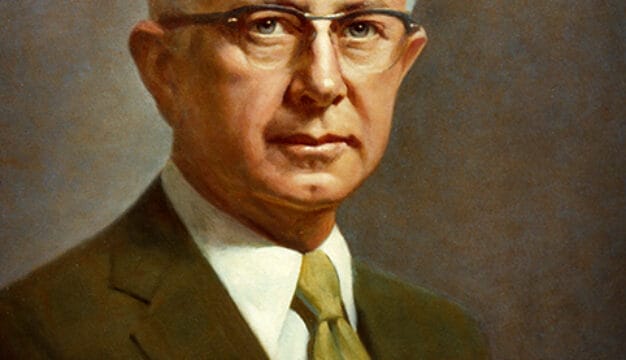Safe House Black History Museum
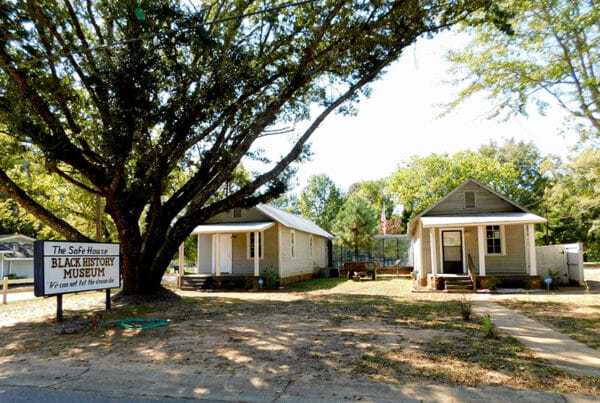 Safe House Black History Museum
The Safe House Black History Museum, located in Greensboro, Hale County, is a nonprofit organization established to interpret and preserve the history and culture of the Black Belt, with special focus on its significant role in the civil rights movement of the 1950s and 1960s. The museum consists of two shotgun buildings, with the most notable having served as a site of refuge for Martin Luther King Jr. when he was threatened by the Ku Klux Klan for meeting with civil rights activists in the area.
Safe House Black History Museum
The Safe House Black History Museum, located in Greensboro, Hale County, is a nonprofit organization established to interpret and preserve the history and culture of the Black Belt, with special focus on its significant role in the civil rights movement of the 1950s and 1960s. The museum consists of two shotgun buildings, with the most notable having served as a site of refuge for Martin Luther King Jr. when he was threatened by the Ku Klux Klan for meeting with civil rights activists in the area.
The museum was established in 2002 by Theresa Turner Burroughs (1929-2019), a Greensboro beautician and organizer who was among the group who secured King in the house. The main building in which the museum is housed a shotgun home built for workers at the local cotton gin at the turn of the twentieth century. The architectural style is so called because all the rooms open on to each other from the front to the back, and a person could shoot a shotgun through the front door and out the back door with no obstruction. The Burroughs family purchased the property, which included three houses, in the 1940s, and Burroughs’s mother, Mattie, lived in the building that now houses the museum.
One of eleven children, Burroughs was a childhood acquaintance of Coretta Scott King, and they attended the same church. Burroughs had a history as a foot soldier in the civil rights movement; she was arrested six times and was among the first group of people to cross the Edmund Pettus Bridge in Selma during the Selma to Montgomery march. She also helped found the Hale County Civic Improvement League and provided space for West Alabama Health Services, a medical office that catered to underserved communities.
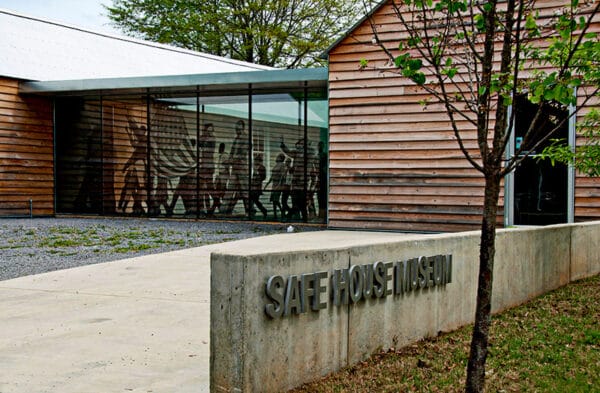 Safe House Museum Restored Cladding
On the night of March 21, 1968, Burroughs and other foot soldiers attended a meeting with organizers at St. Matthew’s Church in Greensboro. Also in attendance were Birmingham civil rights leader Fred Shuttlesworth, Georgia minister and politician Hosea Williams, and others. King had been traveling through the Black Belt counties meeting with civil rights organizers and was preparing to leave the area when he was warned that Klan members were looking for him. They burned two local churches on the outskirts of the town, and groups were lying in wait on the roads for his car. Burroughs insisted that he be taken to her family property and kept safe. The group first hid in her beauty shop and then spent the night in what is now the museum across the street as neighbors stood watch around the house.
Safe House Museum Restored Cladding
On the night of March 21, 1968, Burroughs and other foot soldiers attended a meeting with organizers at St. Matthew’s Church in Greensboro. Also in attendance were Birmingham civil rights leader Fred Shuttlesworth, Georgia minister and politician Hosea Williams, and others. King had been traveling through the Black Belt counties meeting with civil rights organizers and was preparing to leave the area when he was warned that Klan members were looking for him. They burned two local churches on the outskirts of the town, and groups were lying in wait on the roads for his car. Burroughs insisted that he be taken to her family property and kept safe. The group first hid in her beauty shop and then spent the night in what is now the museum across the street as neighbors stood watch around the house.
In the late 1990s, Borroughs decided that she wanted to create a space to share Greensboro’s civil rights history and commemorate the town’s role in saving King’s life that evening. She had numerous photographs and documents and began gathering materials from friends in the movement as well. Among the many photographs in the museum is a large collection of black-and-white mug shots of marchers as well as one of Burroughs trying to protect herself from teargas on the Pettus Bridge. Other items include household and farm implements and musical instruments owned and donated by local families that give visitors a view of life in late nineteenth and early twentieth century Hale County.
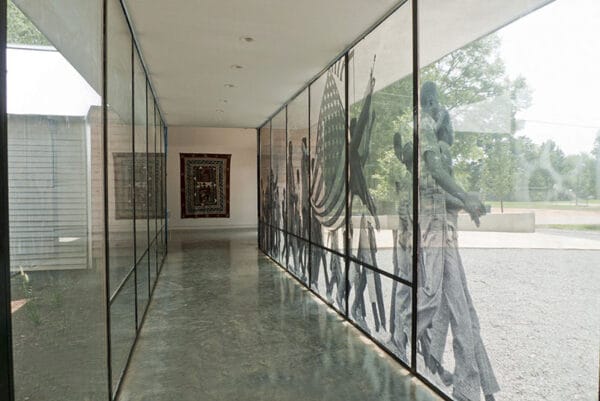 Safe House Museum Glass Walkway
In 2009, Auburn University‘s Rural Studio signed on to renovate the facility and add more exhibit space in the small structure next to the museum. Architecture students from Auburn designed the plans and did all the work to complete them in 2010. They restored the original pine finish to the outside, removed the added enclosure from the front porch to return the building to its “shotgun” style, and added a glass hallway at the back connecting both buildings. The restoration won third place in that year’s Building of the Year competition from American-Architects magazine. The second building now houses space for classes, a computer station, and an art gallery that hosts works by local artists as well as traveling exhibits from other museums and galleries. The computer station allows local people access to the internet.
Safe House Museum Glass Walkway
In 2009, Auburn University‘s Rural Studio signed on to renovate the facility and add more exhibit space in the small structure next to the museum. Architecture students from Auburn designed the plans and did all the work to complete them in 2010. They restored the original pine finish to the outside, removed the added enclosure from the front porch to return the building to its “shotgun” style, and added a glass hallway at the back connecting both buildings. The restoration won third place in that year’s Building of the Year competition from American-Architects magazine. The second building now houses space for classes, a computer station, and an art gallery that hosts works by local artists as well as traveling exhibits from other museums and galleries. The computer station allows local people access to the internet.
Burroughs died on May 22, 2019, and the following week, Alabama congresswoman Terri Sewell honored her legacy on the floor of the U.S. Congress in a speech that was entered into the Congressional Record. Current director Theresa Davis took over after Burroughs’s death, and the operations are overseen by a board of directors. The museum is open for tours by appointment only.
